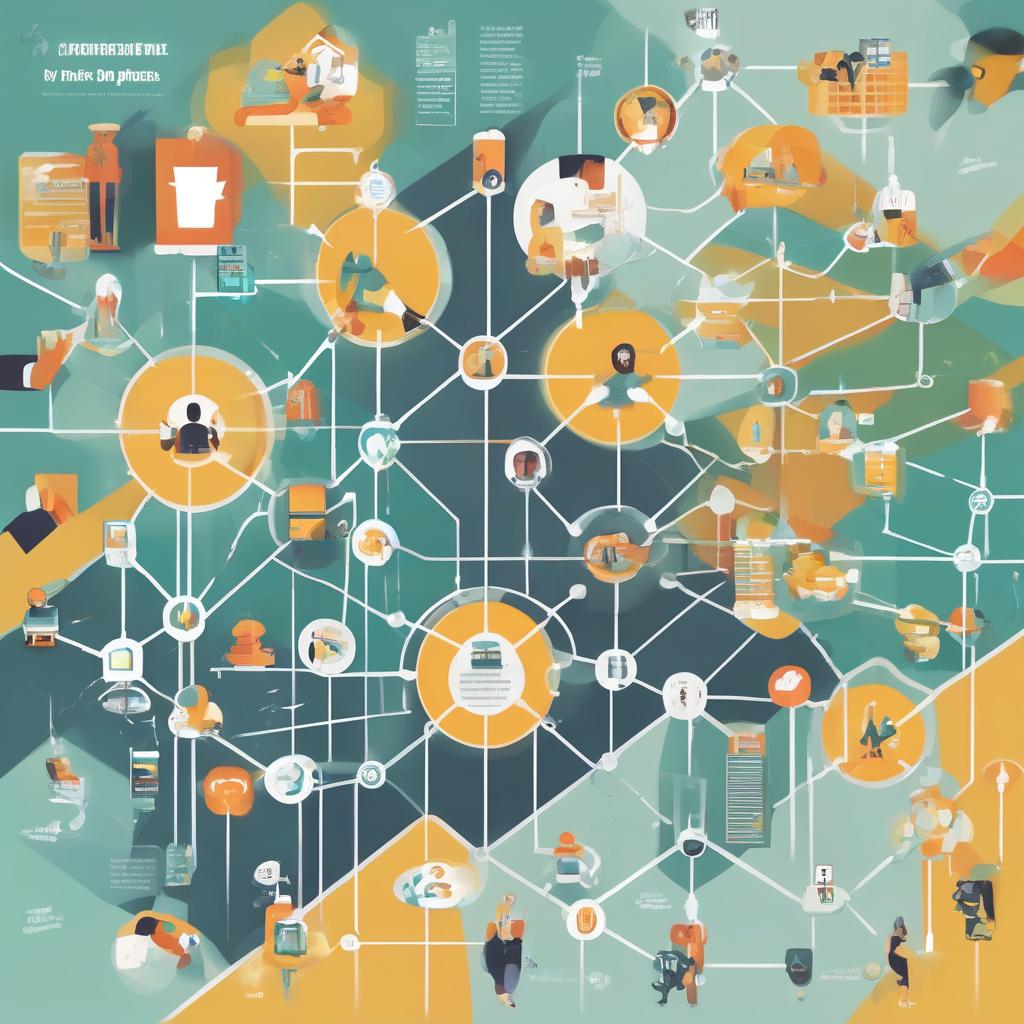Staples made the easy button famous. Whether it turned up on your office counter or came up in conversation, easy button references were the norm for quite a while. Staples effectively communicated their key takeaway, it’s easy to do business with them. Sometimes as nonprofit organizations, we get too wrapped up in the details. We are so passionate about our mission and our work that we forget – our stakeholders live our mission 24/7. That is why providing turnkey solutions is a great way to build donor relationships.
Providing turnkey solutions isn’t necessarily about asking, it’s about understanding. These solutions are the easy button for how people can get to know your organization. Turnkey solutions are digestible, written in simple language (not industry jargon), and compelling enough that they allow others to see opportunities to connect with the mission.
Last week, I was presenting in Tampa to the Human Resources Construction Council about corporate social responsibility. I spoke to a room of HR professionals about how to build an impactful program that would help them advance their goals and inspire their stakeholders. My key message was, “build partnerships and collaborate.” Realistically, human resource leaders have a lot to focus on. The impact of their corporate investments in community initiatives, or areas of social impact, are a bit outside what they focus on every day managing their company’s workforce. I urged the audience to find nonprofit organizations who work day in and day out and build partnerships.
Having a transparent conversation about what the company hopes to achieve and allowing the nonprofit to respond with how they feel they can contribute is how sustainable partnerships are formed. Together, you can discuss shared goals and identify opportunities for impact. The relationship should be mutually beneficial but building that type of relationship takes a bit of courage.
I’ve been a development director who had a goal to hit. Early in my career I was afraid to do anything that would dissuade a funder from supporting the organization. I was even told by my first boss that “we were in the business of not pissing people off.” I took donations that I knew would come back to bite me. Sometimes the donor had unrealistic expectations, other times the timing of the gift was wrong, but I was afraid of that big number staring me down and I didn’t want to fail. I was afraid to make someone upset.
I remember clearly when my mindset shifted. A donor offered the organization where I worked a piece of property. He indicated that it was worth up to a million if sold. I saw a great opportunity to bring in an impactful donation. The donor’s only ask was to be more engaged. The Head of School, who was my boss, was equally excited about the potential impact of the donation and actively looking for opportunities to connect with the donor. I made a call to the board member who chaired the development committee, he was an experienced fundraiser, and I was surprised that he wasn’t immediately excited. He gave me a series of questions to ask and learn more about the property being donated. Afraid to appear ungrateful, I carefully navigated the follow up questions with the donor.
When I went back to the donor, he immediately became agitated. It was my nightmare. I was going to lose this gift for the organization because I made the donor mad. I pulled the head of school and board member together for a conversation to update them on the donor’s response. Alarm bells went off. The board member stepped in for the next conversation with the donor to have better understand the donor’s motivation and the context of the contribution. Something was wrong and we all knew it.
I’ll spare you the back and forth but the property was landlocked. Worse still, it was wetlands. The property never would have been sold and the donor was only looking for a tax deduction and elevated status at the nonprofit. That experience taught me a ton of lessons, but for the context of our discussion today, it taught me not to be afraid to engage in dialogue with donors to make sure I fully understood the opportunity. I was an agent of the nonprofit and it was my responsibility to make sure I protected their interests, not just raised money.
In that conference room in Tampa last week, I stressed the importance of building relationships with nonprofit organizations, not just making a donation. As a representative of a nonprofit, I explained some of the programs we have built that align with our industry sector to make giving easy and meaningful. We created turnkey solutions that make engagement easy. For example:
- Support High Schools – We built a program that allows corporate partners to support specific schools that want to start or expand construction education programs.
- Help Underserved Communities – We offer opportunities to bring construction education to adult education centers to support underserved communities.
- Expand Training – We have the opportunity to build curricula to expand training capabilities in emerging sectors that will provide more jobs.
For each of these examples, we have opportunities for partners to align regions or areas of interest with their corporate social responsibility objectives. We talk with prospective donors to understand what they are trying to achieve and we work together to grow programs that support our shared goals. A foundation partner I work closely with told me our relationship was “partnership not charity.” I liked that way of looking at the work. We were building something together and are equals in the relationship.
Building turnkey solutions begins with conversations. It is important to know the types of organizations that would be most effective to work with. Use the discovery phase to learn about their needs and explore what success could look like from all angles. This blue ocean approach allows for creativity and new ideas to surface. Once you have engaged in that discovery work, explore ways to work together. Partnership is a different way of looking at fundraising but deepens the relationships and the impact. With shared excitement find opportunities to cross promote the work you are doing to expand your reach. This added step will inspire others and strengthen your donor pipeline at the same time.

